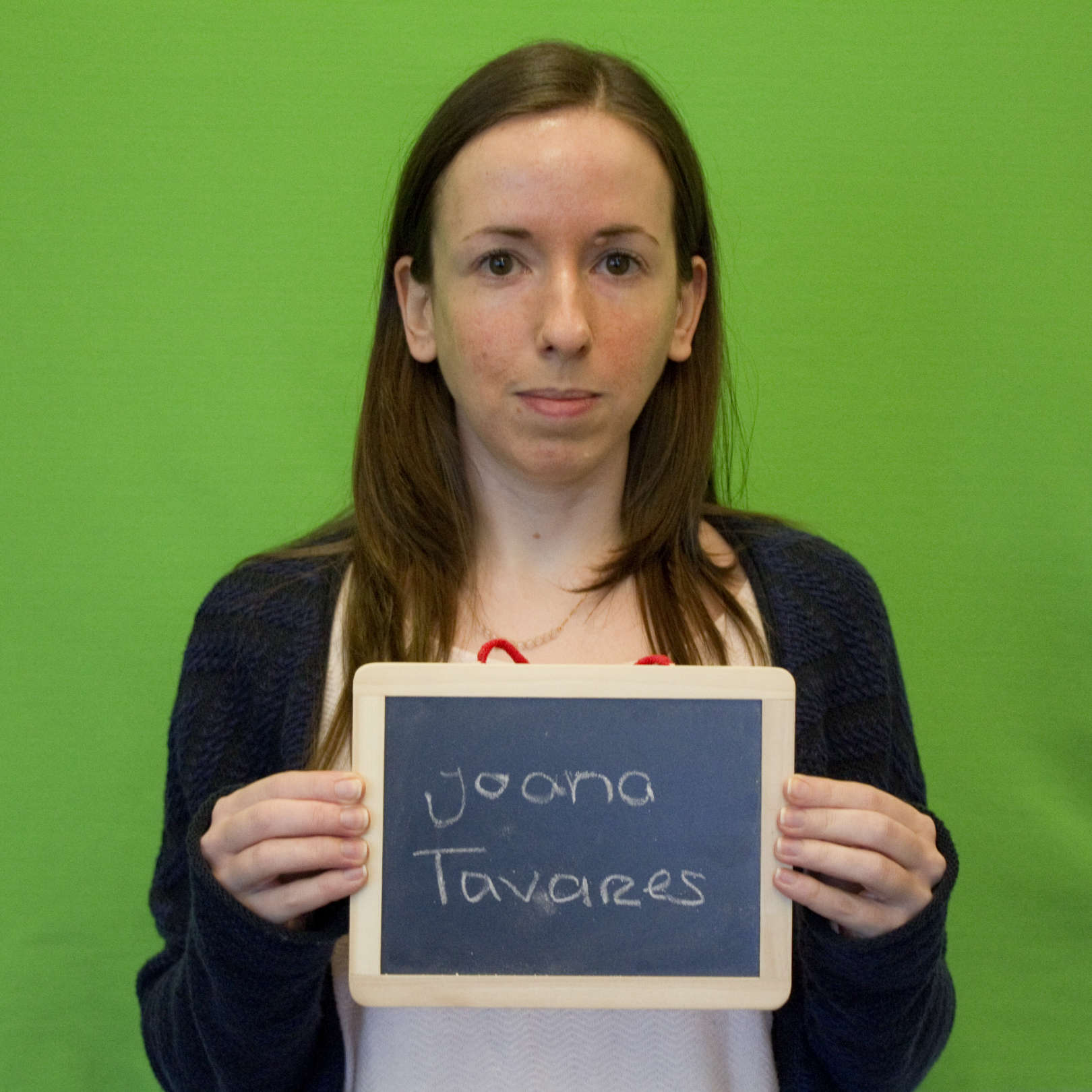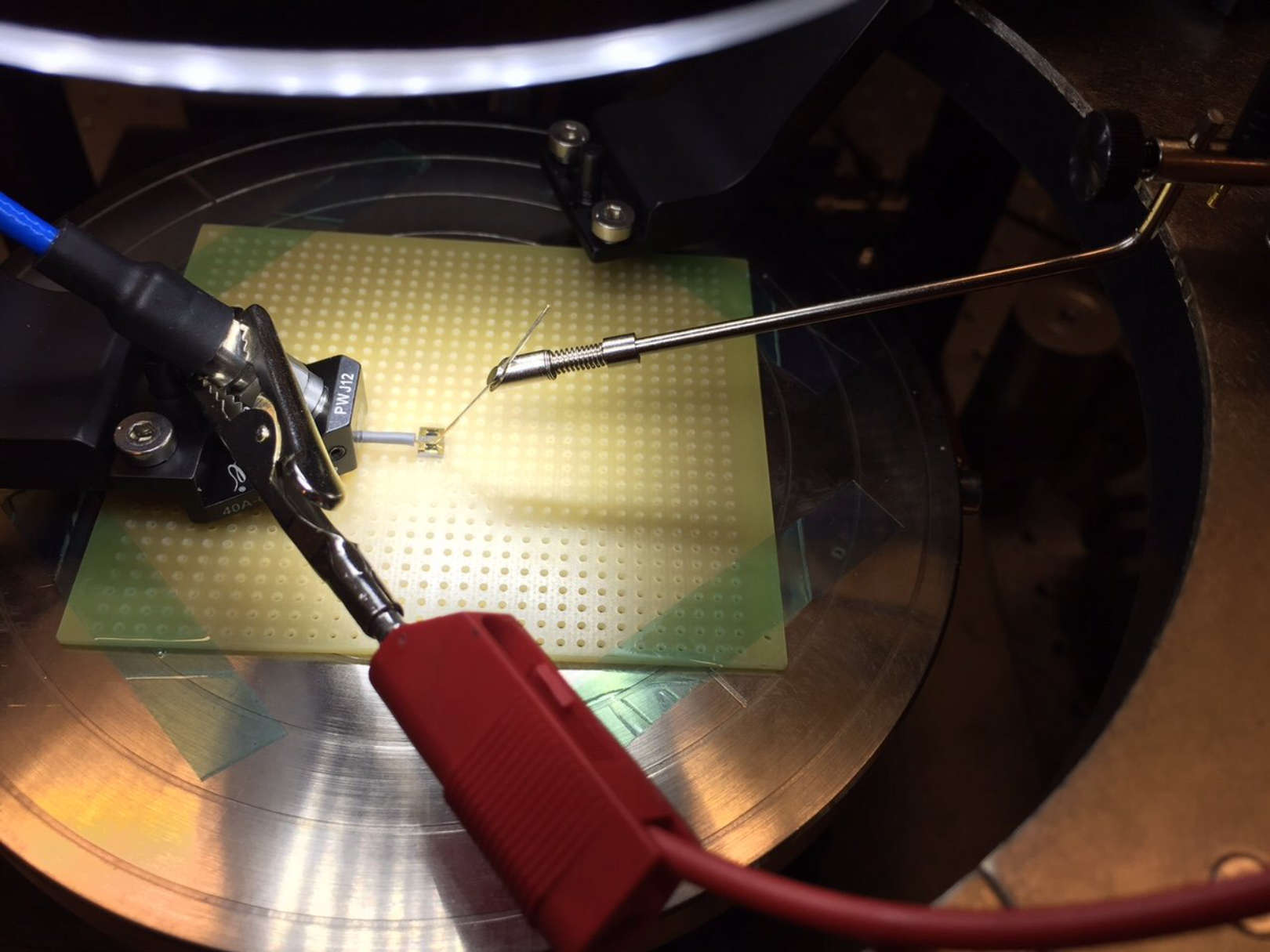About
Joana Tavares completed the Master Course in Electrical and Computer Engineering in 2012 and the Doctoral Programme in Telecommunications (MAP-tele) in 2021, both at the Faculty of Engineering of the University of Porto (FEUP). She has been a research fellow since 2014 in the Optical and Electronic Technologies (OET) group from the Centre of Telecommunications and Multimedia at the Institute for Systems and Computer Engineering, Technology and Science (INESC TEC). Currently, she is an Invited Assistant Professor at the Department of Electrical and Computer Engineering of FEUP. Her main research interests include optical fiber communication systems and smart antenna arrays.



